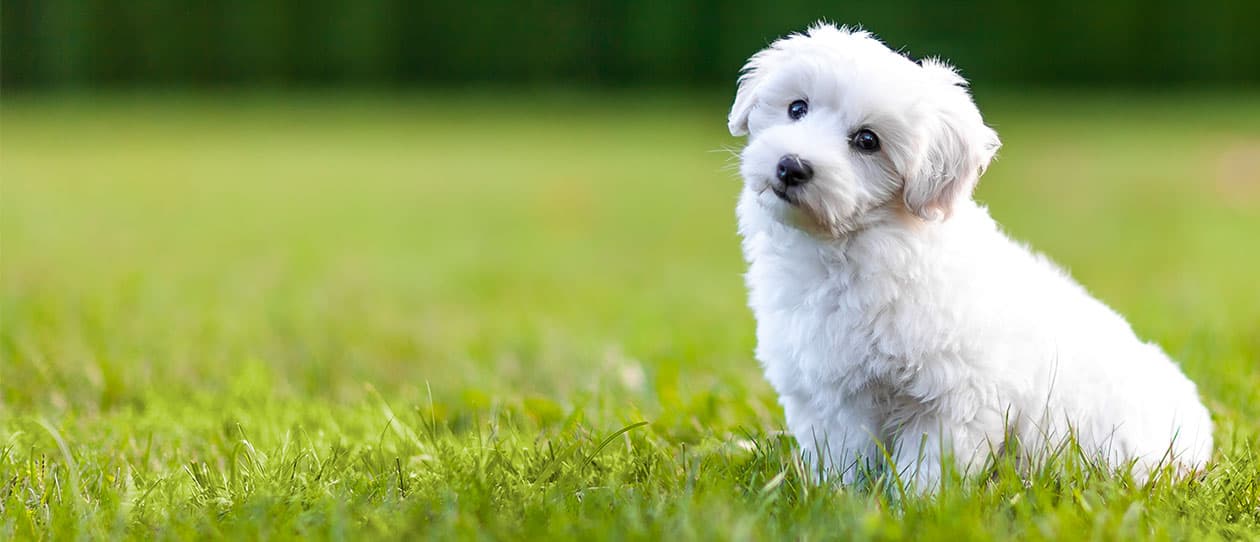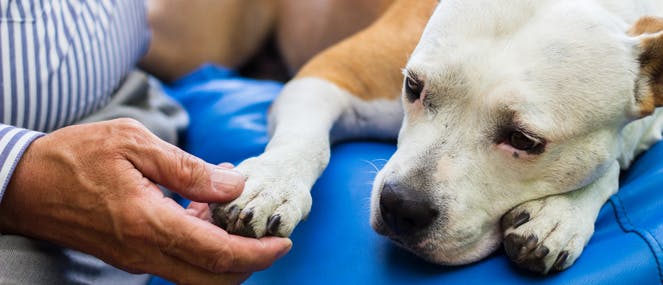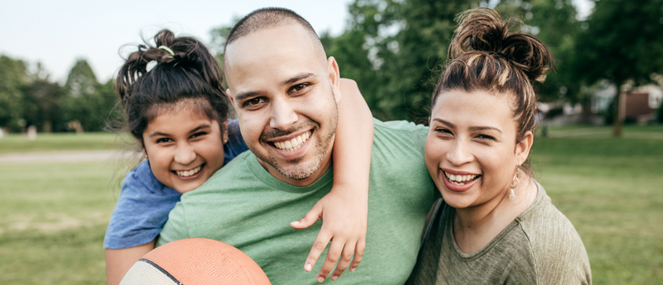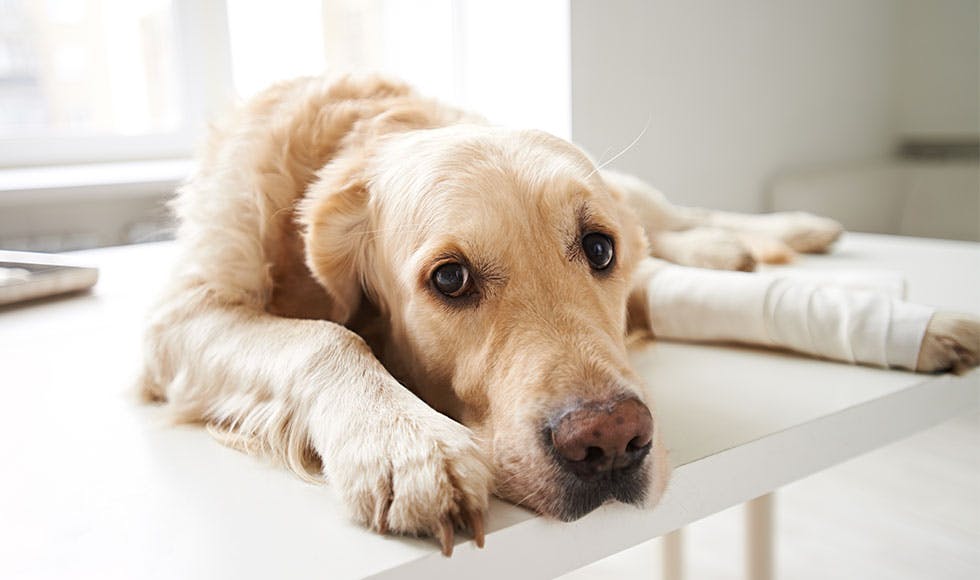
- A Guide To Perfect Your Pet's Health/
- Health and Vitality Products For Your Dog/
- Dog Breeds To Adopt For People With Allergies


Do you suffer from sneezing, hay fever, a runny nose or wheezing whenever you’re around certain dogs? Chances are you’re allergic. Given that 65 per cent of Australian homes have a pet – and 4.8 million of those pets are dogs – allergy sufferers are faced with constant situations that might spark a reaction. Understanding the source of the reaction, and how to manage it, can make things a little more pleasant. Many people think that their allergic reaction to dogs comes from the animal’s hair or fur. But it’s actually caused by a set of proteins dogs secrete that end up in their dander (dead flakes of skin), saliva and urine. The proteins are thus transferred to a dog’s hair when it grooms itself, then eventually find their way into the air, onto your clothes, into the carpet, behind sofa cushions and onto your bed – and they can stick around for a long time.
These proteins are harmless to most people, but when you have an allergy, your body overreacts to it – you sneeze and wheeze in an attempt to flush the allergen out of your system. Even if you don’t own a dog, you may feel the effect, as pet owners can carry dander around with them unaware, on their clothes and skin
Why am I allergic to dogs?
Many people think that their allergic reaction to dogs comes from the animal’s hair or fur. But it’s actually caused by a set of proteins dogs secrete that end up in their dander (dead flakes of skin), saliva and urine. The proteins are thus transferred to a dog’s hair when it grooms itself, then eventually find their way into the air, onto your clothes, into the carpet, behind sofa cushions and onto your bed – and they can stick around for a long time.
These proteins are harmless to most people, but when you have an allergy, your body overreacts to it – you sneeze and wheeze in an attempt to flush the allergen out of your system. Even if you don’t own a dog, you may feel the effect, as pet owners can carry dander around with them unaware, on their clothes and skin
Which dogs am I allergic to?
There’s no easy way to answer this question, as different breeds of dogs produce different types and amounts of dander, which means that regardless of how long or short the dog’s hair is or how much they shed, you might still have an allergic reaction. As a result, there’s no such thing as a 100 per cent ‘hypoallergenic dog’, although some breeds may cause fewer allergy symptoms than others.
The best dog breeds for allergies
If you suffer from allergies, choose a dog breed that doesn’t drool or suffer from skin conditions, and thus produces lower levels of dander. Some low-shedding dogs might also be an option, as dander sticks to their fur and is not released as frequently into the air. These breeds are a good place to start:
• Schnauzer: These pooches produce very low levels of dander, and are also low shedders, which makes cleaning easier.
• Bichon frise: The curly, low-shedding hair of this breed also produces very little dander.
• Xoloitzcuintli (Mexican hairless): This breed can come hairless or with a short coat – both types are low shedders and require little grooming.
• Poodle: Poodles shed very little of their curly hair, helping keep dander under control. But they do require grooming, as loose hairs and dirt can get stuck in their curls, leading to matting.
• Chinese crested: Many dogs in this breed are also largely hairless, apart from a tuft on their head and ears, minimising shedding and dander build-up.
The worst dog breeds for allergies
On the other end of the spectrum are dog breeds with inherent traits conducive to causing allergic reactions, including:
• Bulldogs: Slobbery breeds, like bulldogs, produce a lot of saliva, which holds those proteins you’re likely allergic to.
• Saint Bernard: Another slobbery breed, known for excess drooling.
• German shepherds: This breed is a big shedder and also tends to battle bouts of dry, itchy skin.
• Boston terriers: These pooches themselves suffer from a lot of allergies, including watery eyes and itchy skin, with resultant scratching that can mean an increase in airborne dander.
• Doberman pinschers: While this breed has short hair and is a low shedder, it’s also prone to allergies and sensitive skin.
• Siberian huskies: Huskies have thick layers (and a double coat) of fur, which they traditionally need to stay warm. They’re excessive shedders, and leave hair and dander wherever they go.
• Pekingese: This small dog might seem like a good choice if you have allergies, but they are notoriously hard to train, and like to mark territory (proteins included) around the home.
• Labrador retriever: They have short hair, but this breed also has a double coat and sheds profusely. It’s also known to suffer from dry, flaky skin at times.
What else can I do to reduce the impact of dog allergies?
• Establish pet-free zones, like your bedroom and other areas of the house where you spend a lot of time.
• Keep your pooch off your furniture, like the sofa and your bed.
• Get rid of carpet, which can trap dander, or steam-clean your carpet regularly.
• Use an air purifier to suck away dander.
• Wear a dust mask when you clean – and clean thoroughly and often.
When it comes to maintaining your pet:
• Refrain from letting them lick you, to avoid undue protein contact.
• Wash chew toys regularly in soapy water.
• Keep your pet outside when you can.
• Maintain adequate grooming – requirements vary between breeds. Yes, you need to bathe and brush your dog to remove dander, but if you overdo it, you could irritate your pet’s skin, leading to flaking, scratching and a commensurate increase in airborne dander.
• Ask someone without allergies (or a professional groomer) to help with your pet’s grooming, and brush/wash them outside.
• Wash your dog’s bed regularly to avoid a build-up of dander.






